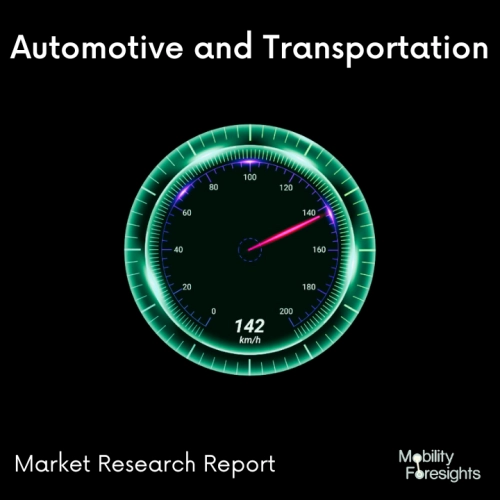
- Get in Touch with Us

Last Updated: Apr 25, 2025 | Study Period: 2023-2030
Epoxy resin (EP) is used in structural laminates, adhesives, and electrical devices. However, EP exhibits significant safety hazards due to its flammability when it is used in an application that requires good flame resistance. Therefore, it is crucial to improve the flame retardancy of EP composites in several fields.
Currently, this is being done by the introduction of a functional group that contains a flame-retardant element (e.g., halogen element) and physical addition of a widely used flame retardant into the EP matrix. Although flame retardancy of EP composites is improved, halogen-containing flame retardants are deleterious to the environment.
Besides, a high amount of additive flame retardants can effectively reduce the heat release rate and mechanical properties of flame-retardant EP composites.
Fabricating formula-1 style cars as part of the Formula SAE circuit is difficult due to the complex geometries of the cars along with the need to completely fireproof the design.
Designers use automotive epoxy to laminate component layers and then, assemble these components together. With the competition now fully electric, using a firewall material to make the design flame retardant is required within the battery packs and any parts that separate the electric powertrain from the driver.
Thisfireproof adhesivemust not only be flame retardant but also have exceptional adhesion over a wide variety of substrates and a high modulus to limit the movement of bonded parts from shocks and impacts.
The Global Automotive Firewall epoxy resin market accounted for $XX Billion in 2022 and is anticipated to reach $XX Billion by 2030, registering a CAGR of XX% from 2023 to 2030.
MG Chemicalsâ9200FR- Automotive epoxy like the9200FRis a popular material for electric car designers as it not only satisfies strict flammability requirements for firewalls but also provides the bond strength needed to hold parts together and ensure a smooth performance.
MG Chemicalsâ9200FRis a 2-part epoxy adhesive that is ratedUL94 V-0and provides exceptionally strong adhesion to metals, plastics, glass, wood, and composites.
The design team was able to use this automotive epoxy glue in multiple sections of the car including bonding the batteries within the battery packs, securing aluminium layers to fire retardant laminate within the powertrain, sealing the enclosure for the tractive system, and fastening parts of the chassis together.
| Sl no | Topic |
| 1 | Market Segmentation |
| 2 | Scope of the report |
| 3 | Abbreviations |
| 4 | Research Methodology |
| 5 | Executive Summary |
| 6 | Introduction |
| 7 | Insights from Industry stakeholders |
| 8 | Cost breakdown of Product by sub-components and average profit margin |
| 9 | Disruptive innovation in the Industry |
| 10 | Technology trends in the Industry |
| 11 | Consumer trends in the industry |
| 12 | Recent Production Milestones |
| 13 | Component Manufacturing in US, EU and China |
| 14 | COVID-19 impact on overall market |
| 15 | COVID-19 impact on Production of components |
| 16 | COVID-19 impact on Point of sale |
| 17 | Market Segmentation, Dynamics and Forecast by Geography, 2023-2030 |
| 18 | Market Segmentation, Dynamics and Forecast by Product Type, 2023-2030 |
| 19 | Market Segmentation, Dynamics and Forecast by Application, 2023-2030 |
| 20 | Market Segmentation, Dynamics and Forecast by End use, 2023-2030 |
| 21 | Product installation rate by OEM, 2023 |
| 22 | Incline/Decline in Average B-2-B selling price in past 5 years |
| 23 | Competition from substitute products |
| 24 | Gross margin and average profitability of suppliers |
| 25 | New product development in past 12 months |
| 26 | M&A in past 12 months |
| 27 | Growth strategy of leading players |
| 28 | Market share of vendors, 2023 |
| 29 | Company Profiles |
| 30 | Unmet needs and opportunity for new suppliers |
| 31 | Conclusion |
| 32 | Appendix |